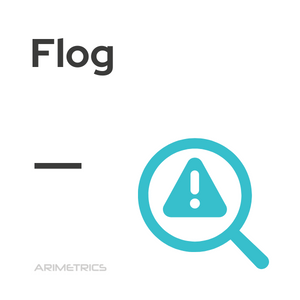 Definition:
Definition:
Flog is an acronym for “fraudulent log”, and generally refers to fraudulent or misleading online content. Attackers often use a flog to trick victims into believing they are seeing authentic activity, when in fact the flog contains false information or data. The term flog can also be used to refer to any type of misleading online content, such as fake news articles (also known as “fake news“) or social media posts.
Examples of flogs
Here are some examples of flogs:
- A website that promotes products or services in a deceptive manner, such as presenting a product as if it were more effective or of higher quality than it actually is.
- A social media page that excessively posts content and constantly promotes products or services.
- An email that offers a business opportunity or a product with a very reduced price, but that is actually a trap to get personal information or money from people.
- An online ad that offers a job opportunity or a profitable business, but is actually a scam.
- An online video that presents false or misleading information about a product or service with the aim of generating traffic and advertising.
How to avoid flogs
Some ways to avoid flogs can be:
- Verify the veracity of information: Before clicking on a link or purchasing an excessively or misleadingly promoted product or service, make sure to verify the veracity of the information.
- Be careful about the links you receive: If you receive an email or social media message with a suspicious link, do not click on it.
- Use security software: Install an antivirus on your computer. Be critical: If an ad or offer that seems too good to be true, it is likely to be.
- Use an ad blocker: An ad blocker can be installed in your web browser to prevent misleading or suspicious ads from being displayed.
